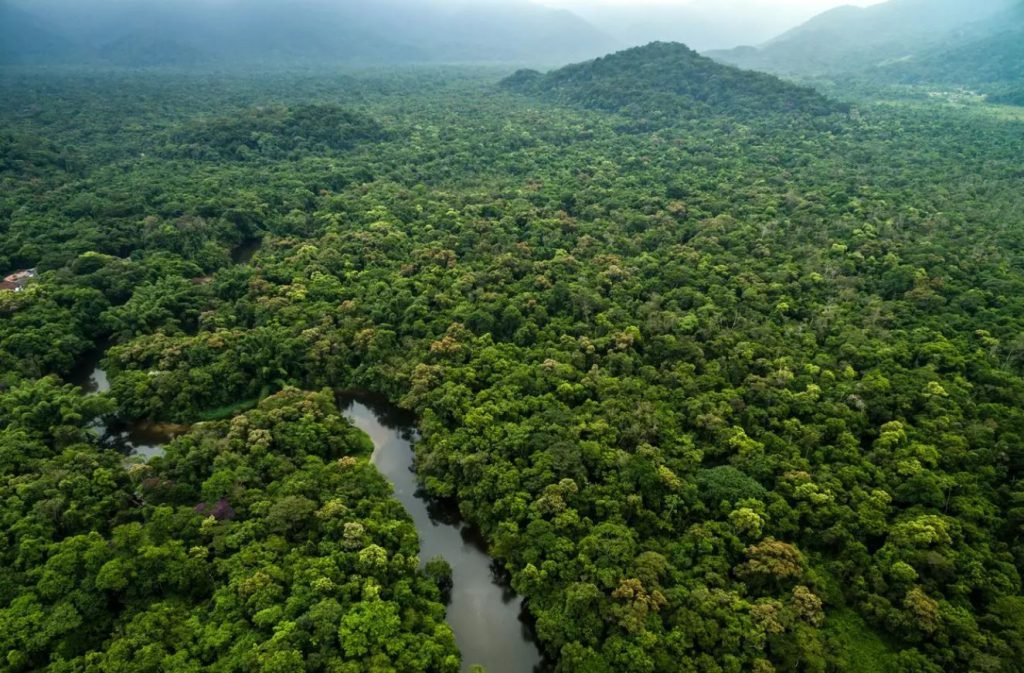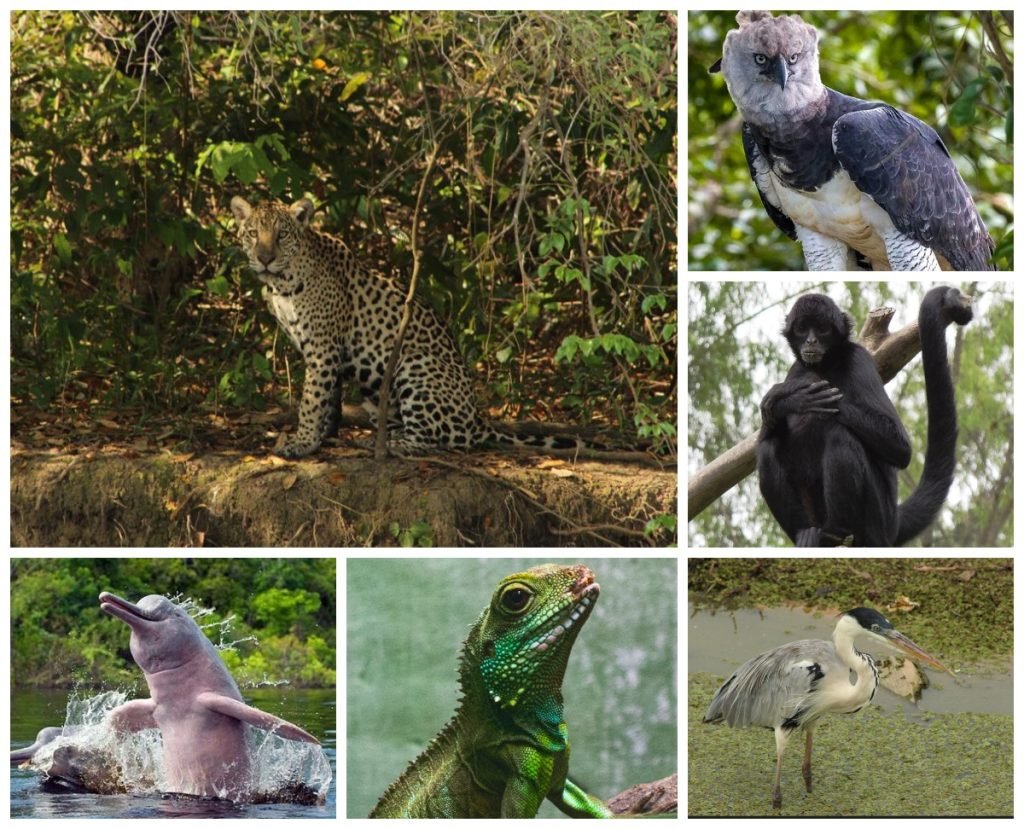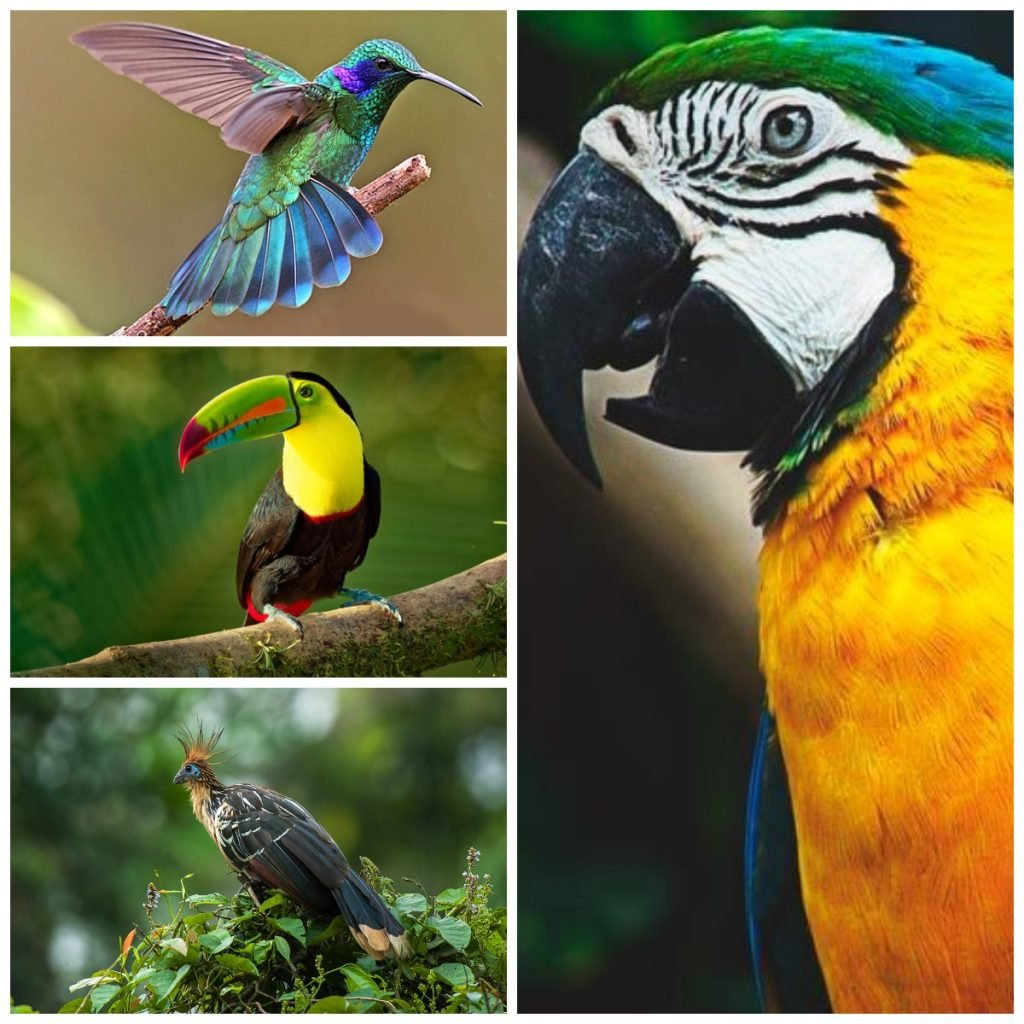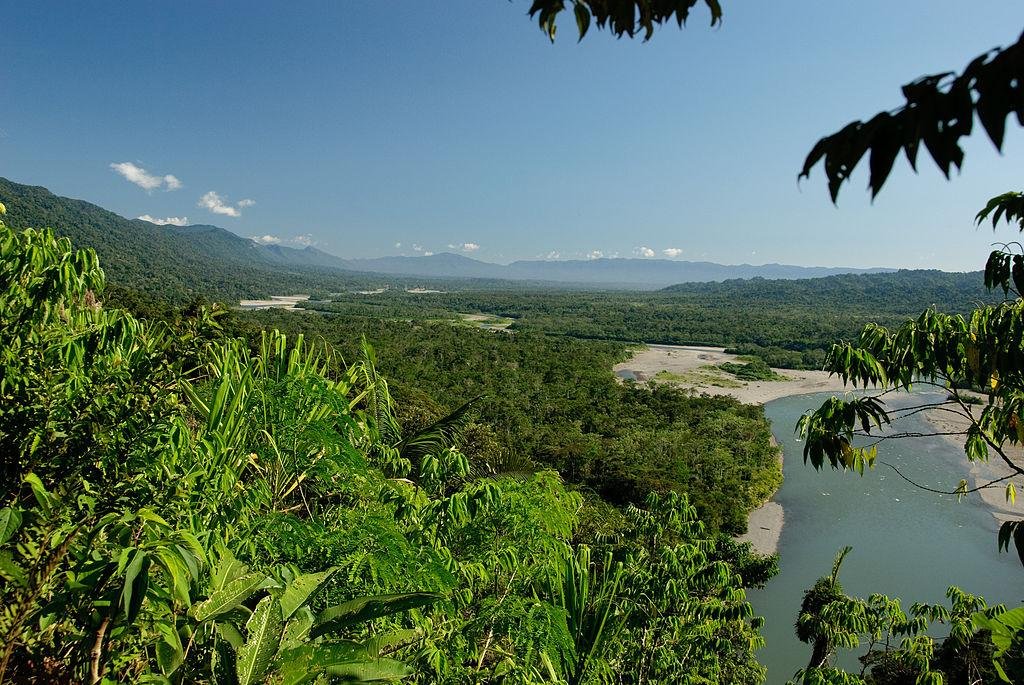What animals live in the Amazonas? And other 8 curious facts about the Amazon
Visiting the Amazon is a unique experience. This is the largest tropical rainforest and river system in the world, and the most biologically diverse place on Earth, it is considered one of the remaining lungs of the planet for its vast vegetation and the amount of oxygen it can convert thanks to the vastness of the territory it covers. It contains millions of species, most of them still undescribed, which is an arduous and constant work by researchers dedicated to the study of this wonderful area located in South America.

Both the Amazon’s forests and freshwater systems are in serious danger. Since 2000, rainfall has decreased significantly in 69% of the Amazon rainforest. Based on official sources, it is estimated that 27% of the Amazonas biome will be devoid of trees by 2030 if the current rate of deforestation continues. Protecting and conserving the Amazon is no easy task, but with everyone’s help and commitment we can work to save this important place on the planet.
Learn more about this special region:
What animals live in the Amazon?

The Amazonas is one of the last remaining refuges on Earth for jaguars, harpy eagles and pink river dolphins, as well as home to sloths, black spider monkeys and poison dart frogs. Its importance is such that it even contains one out of every 10 known species on Earth, 40,000 species of plants, 3,000 species of freshwater fish and more than 370 types of reptiles. Since 1999, more than 2,000 new species of plants and vertebrates have been described, including a monkey that purrs like a cat, funny isn’t it?
How many countries does the Amazonas cover?
This vast and prodigious region, which is approximately two-thirds the size of the United States, includes eight countries within its region: Brazil, Bolivia, Peru,
Ecuador, Colombia, Venezuela, Guyana, Suriname and the overseas territory of French Guiana. Covering approximately 40% of South America, the Amazon contains 1.4 billion acres of dense forests, half of the planet’s remaining tropical rainforests, 4,100 miles of winding rivers and 2.6 million square miles of the Amazonas basin.
What kind of birds can be seen in the Amazon?

This region is home to more than a thousand different species of birds, such as hummingbirds, toucans, hoatzins and macaws, the Amazon is one of the most diverse bird areas in the world. Macaws, iconic birds of the Amazon, are very intelligent and highly social, usually living in flocks of 10 to 30 birds. They mate and keep a single mate for life and can live up to 60 years. Some species can even mimic human speech. But macaws are threatened by deforestation and the illegal pet trade, the importance of conserving this intelligent species is of great importance to the reserves that have their facilities within the Amazon.
Why is the Amazonas important?
More than 30 million people, including 350 groups of indigenous and ethnic peoples of the area, inhabit the Amazon and depend on the vast nature that surrounds them for the activities that make up their survival such as agriculture, clothing and traditional medicines. There is also a clear link between the health of the Amazon and the health of the planet, being the most extensive area of vegetation and giving respite from the high levels of pollution that occur throughout the planet. The rainforests, which are capable of processing between 90 and 140 billion metric tons of carbon dioxide, contribute to stabilizing the local and global climate. The Amazon also pumps some 7 billion tons of water into the atmosphere each year, and its forests recycle between 50% and 75% of annual rainfall, making their conservation a priority worldwide.
What threats does the Amazon face?
The Amazon faces several threats, such as deforestation caused by extensive cattle ranching and agricultural expansion, poorly planned infrastructure, illegal and unsustainable extraction of natural resources, and climate change, all of which greatly endanger one of the last lungs of the Earth, hindering its progressive regeneration.
What actions can be taken to protect the Amazonas?
Organizations such as WWF have been working for more than 40 years to protect and conserve the Amazon. The main actions are carried out to address the causes of deforestation, such as soybean cultivation, cattle ranching, hydroelectric power, illegal and unsustainable logging, and unfriendly infrastructures that are built in the surrounding areas.
What is the Amazon Region Protected Areas program?
WWF (World Wide Fund for Nature) launched a Project Finance for Permanence approach in Brazil to protect 150 million acres of the Brazilian Amazon. We joined with public and private entities to raise $215 million to create, consolidate and maintain a network of 114 protected areas. The network, called the Amazon Region Protected Areas Program, is nearly three times larger than all U.S. national parks combined. WWF is now testing the same approach for protected area systems in other important conservation countries, such as Peru, Bhutan and Colombia.
How does climate change affect the Amazonia?

Climate change threatens to alter the water networks and forests on which wildlife depends. The current warmer temperatures and lower rainfall amounts have produced droughts of historic proportions, never before recorded in the time since these data from the Amazon have been taken into account. This area suffered its worst droughts in the last 100 years in 2005 and 2010. Long periods of drought are responsible for wilting crops, decimating fisheries and causing forest fires, which in turn lead to large releases of CO2 into the atmosphere. This can lead to significant changes in ecosystem composition and loss of species. What is being sought to reduce the negative impacts is to help and advise farmers to protect their crops from severe rains and droughts, and to ensure that nearby wilderness areas can adapt to a warmer world.
How can you help protect the Amazon?
There are many ways to help protect the Amazon. You can educate your friends and family about the importance of the Amazon and reducing pollution in general. You can become a discerning customer: ask how your food and other purchases have been produced, and buy products that meet standards of care and protection of nature, as well as having green policies of zero carbon footprint, for example. You can reduce your consumption of fossil fuels and your impact on the planet. You can also advocate for Amazonian peoples by sharing their stories and speaking out about their environmental concerns. And if you want to visit the vast Amazon, make sure your trip is conducted under ecotourism standards, reducing the impact of the human footprint and redirecting revenues to Amazon conservation.





